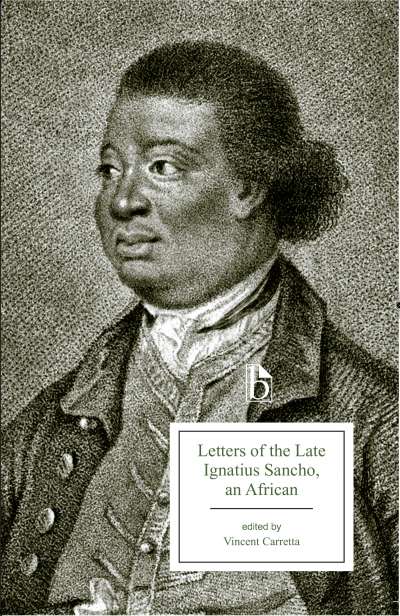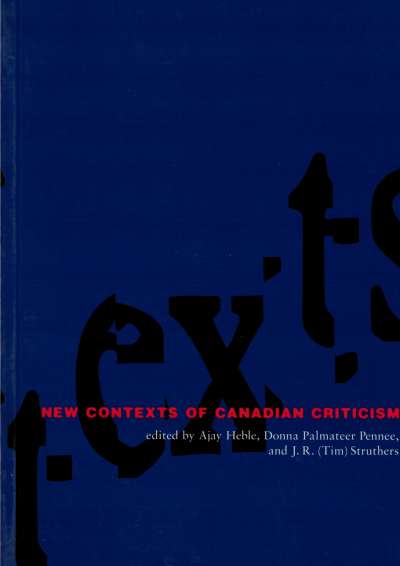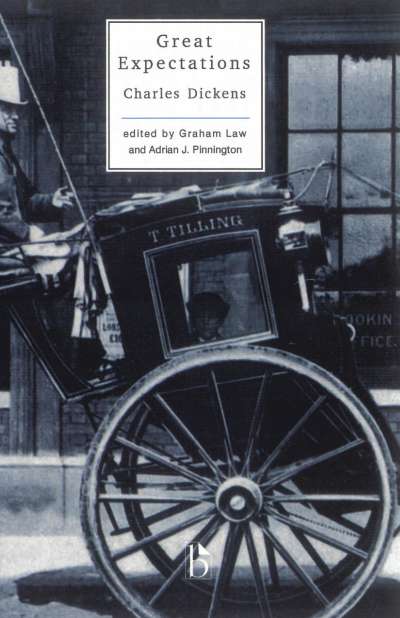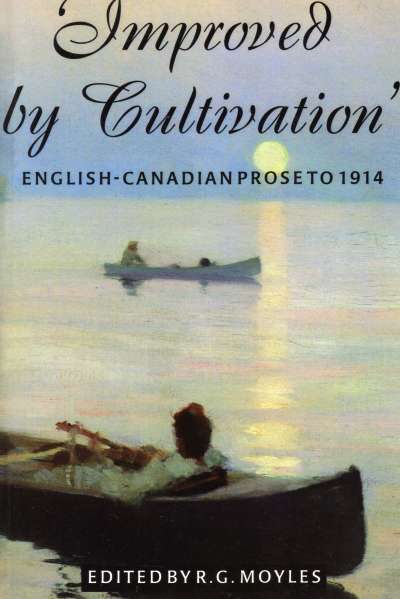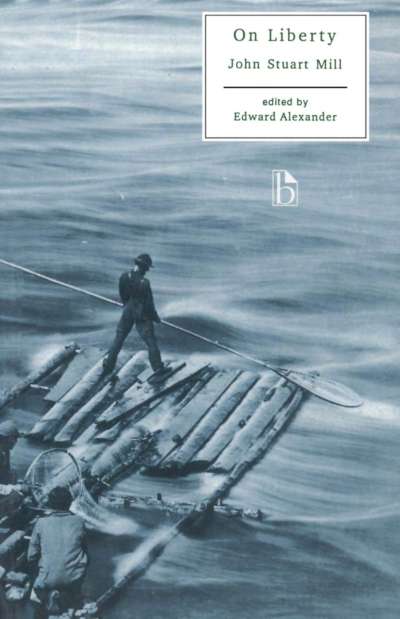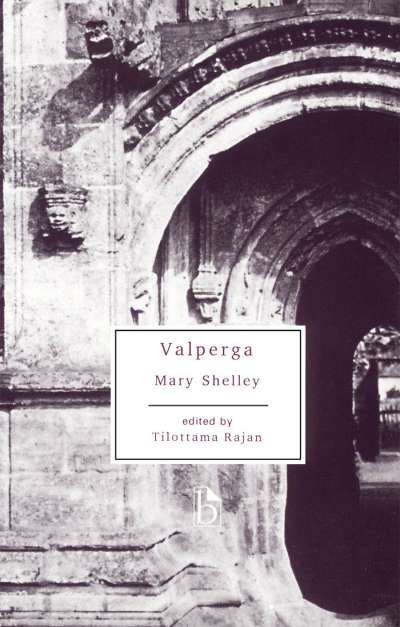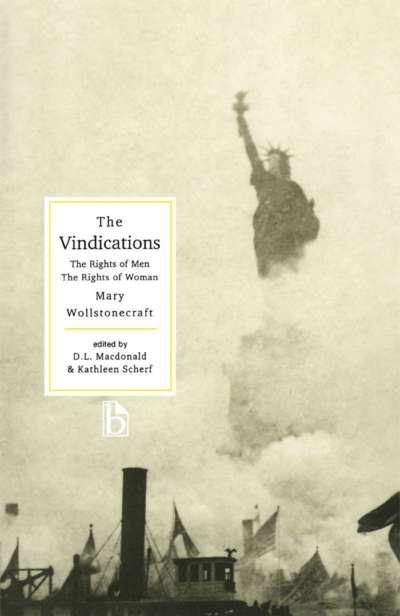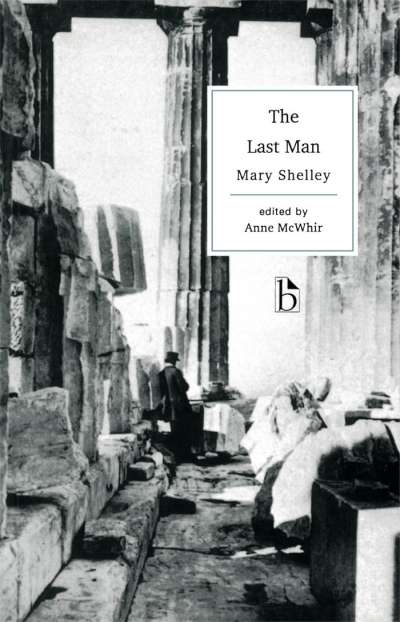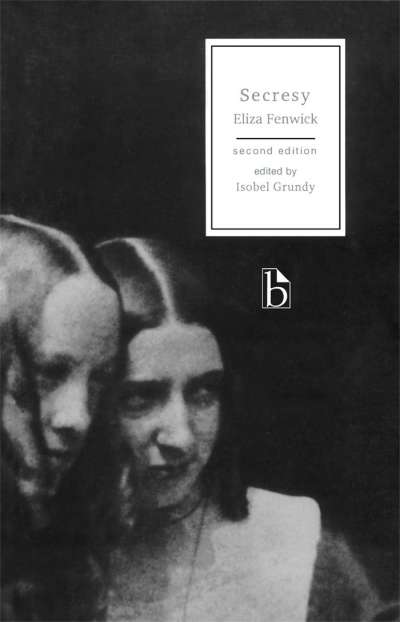Ella Hepworth Dixon’s The Story of a Modern Woman originally appeared in serial form in the women’s weekly The Lady’s Pictorial. Like Hepworth Dixon herself, the novel’s heroine Mary Erle is a woman writer struggling to make her living as a journalist in the 1880s. Forced by her father’s sudden death to support herself, Mary Erle turns to writing three-penny-a-line fiction, works that (as her editor insists) must have a ball in the first volume, a picnic and a parting in the second, and an opportune death in the third.
This Broadview edition’s rich selection of historical documents helps contextualize The Story of a Modern Woman in relation to contemporary debates about the “New Woman.”
Comments
“The Story of a Modern Woman is both the tale of a woman’s struggle to realize her independence as a professional writer and the story of modern London itself. On the verge of a new century, the crowded, gas-lit metropolis is depicted to almost cinematic effect as both the greatest obstacle to a woman’s self-realization, and her surest hope for the future. Steve Farmer’s splendid new edition allows us to fully appreciate Hepworth Dixon’s achievement, providing a well-chosen selection of essays and articles that sets the novel within the context of the major intellectual and cultural debates of the fin de siècle. This is a most welcome addition to our understanding of the New Woman.” — Christopher Keep, University of Western Ontario
Acknowledgements
Introduction
Ella Hepworth Dixon: A Brief Chronology
A Note on the Text
The Story of a Modern Woman
Appendix A: Contemporary Reviews of The Story of a Modern Woman
- From W.T. Stead’s Review of Reviews, vol. 10, 1894
- The Athenæum, 16 June 1894
- The Times, 30 June 1894
- The New York Times, 10 June 1894
- The New York Tribune, 11 October 1894
- The Westminster Review, vol. 142, 1894
- The Critic, 9 March 1895
Appendix B: 1883 Map of London and Locations Mentioned in the Novel
Appendix C: Victorian Fear at the End of the Century: The “New Woman” Debate
- Sarah Grand, “The New Aspect of the Woman Question,” 1894
- From Ouida’s “The New Woman,” 1894
- “Character Note: The New Woman,” 1894
- From Ella W.Winston’s “Foibles of the New Woman,” 1896
- From Hugh Stutfield’s “Tommyrotics,” 1895
- From Hugh Stutfield’s “The Psychology of Feminism,” 1897
Appendix D: The New Woman as “Wild Woman”: The Exchange between E.L. Linton and Mona Caird
- From Eliza Lynn Linton’s “The Wild Women as Politicians,” 1891
- From Eliza Lynn Linton’s “The Wild Women as Social Insurgents,” 1891
- From Eliza Lynn Linton’s “The Partisans of the Wild Women,” 1892
- From Mona Caird’s “A Defence of the So-Called ‘Wild Women’,” 1892
Appendix E: Marriage
- From Mona Caird’s “Marriage,” 1888
- Ella Hepworth Dixon, “Why Women Are Ceasing to Marry,” 1899
Appendix F: Literary Censorship in Victorian England
- From George Moore’s Literature at Nurse, or Circulating Morals, 1885
- Walter Besant, Eliza Lynn Linton, and Thomas Hardy, “Candour in Fiction,” 1890
Select Bibliography
Steve Farmer teaches nineteenth- and twentieth-century British literature at Arizona State University, Tempe. He is the editor of the Broadview editions of Wilkie Collins’s Heart and Science (1996) and The Moonstone (1999).


